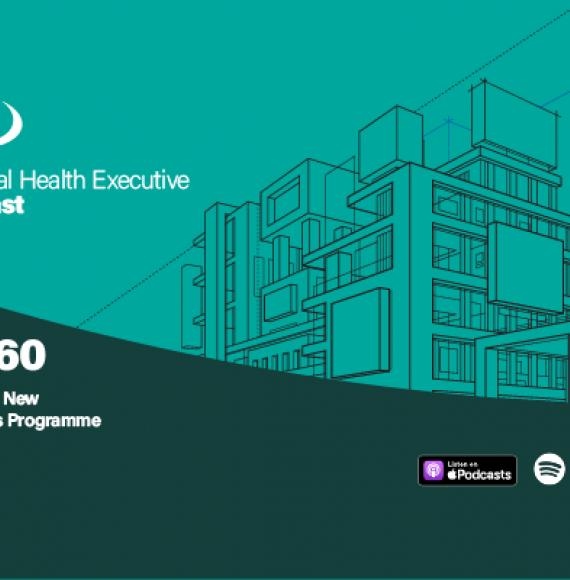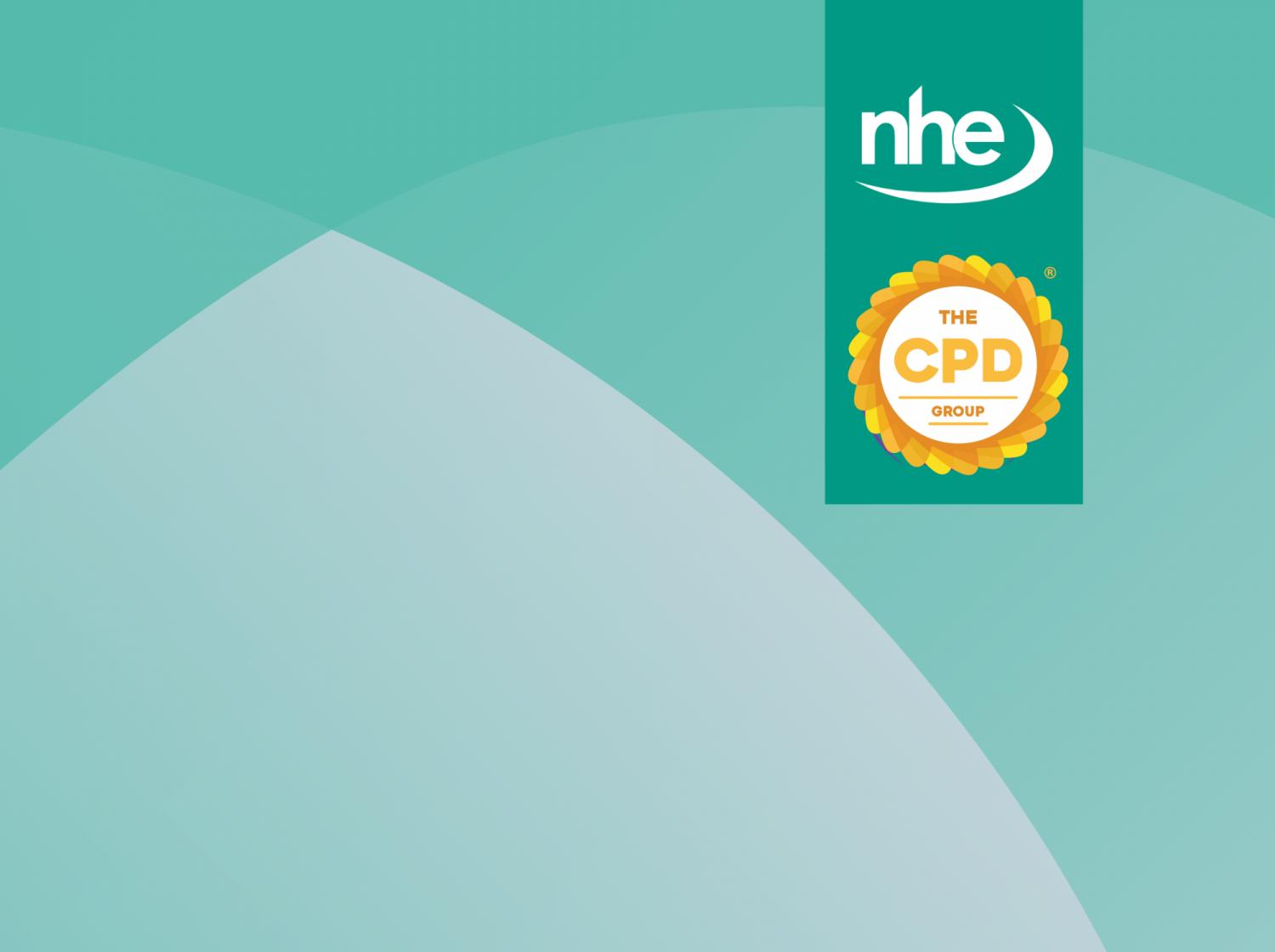Health professionals may soon have an effective tool for estimating a person’s individual risk, including their likelihood of hospitalisation or death, through the use of a new risk model which has been developed.
Backed by NIHR funding, new research has shown the model to be accurate in estimating risk during the first wave of Covid-19 in England.
Developed using routine anonymised data from more than 8 million adults across more than 1,200 general practices around England, the model uses a number of factors such as age, ethnicity and existing medical conditions to predict an individual’s risk of catching Covid-19, and then their risk of being admitted to hospital or dying.
The model has the potential to provide doctors and the public with more nuanced information about the risks of serious illness due to Covid-19 and help both doctors and patients reach a shared understanding of risk, within a more individualised context.
This can then help inform the sorts of preventative measures people can take.
Throughout the pandemic, new information has emerged around what factors might influence a person’s risk of serious infection with Covid-19, creating an opportunity to develop a detailed risk prediction model.
Researcher at the University of Oxford, working with collaborators across the UK, utilised a wealth of anonymised data from primary care, hospitals, Covid-19 test results and death registries to determine which factors were associated with poor outcomes during the first wave of Covid-19.
This knowledge was then used to create the risk prediction model, QCovid, which provides a weighted, cumulative calculation of risk for an individual, using the variables associated with poor Covid-19 outcomes.
These variables incorporated into the model include age, sex, ethnicity, level of deprivation, obesity, whether an individual lived in residential care or was homeless and a range of existing medical conditions, such as cardiovascular disease, diabetes, respiratory disease and cancer.
Researchers then tested the model against two independent sets of anonymised data from January to April 2020 and from May to June 2020 in order to find out whether it accurately predicted severe outcomes due to Covid-19 during the first wave of the pandemic in England.
Lead researcher on the project, Professor Julia Hippisley-Cox, a GP and Professor of Clinical Epidemiology and General Practice at the University of Oxford’s Nuffield Department of Primary Care Health Sciences, said: “Risk assessments to date have been based on the best evidence and clinical expertise, but have focused largely on single factors.
“The QCovid risk model provides a much more nuanced assessment of risk by taking into account a number of different factors that are cumulatively used to estimate risk.”
“This model will help inform clinical advice so that people can take proportionate precautions to protect themselves from Covid-19.
England’s Deputy Chief Medical Officer, Dr Jenny Harries, added: “Continuing to improve our understanding of the virus and how it affects different members of the population is vital as prevalence continues to rise.
“This is why we commissioned and funded this research, and I’m pleased it is providing useful evidence to help us move towards a more nuanced understanding of COVID-19 risk.
“We are working at pace and will maintain our ongoing engagement with patients, the healthcare profession and the voluntary sector on how we use this knowledge to ensure we continue protecting and supporting the most clinically vulnerable.



















